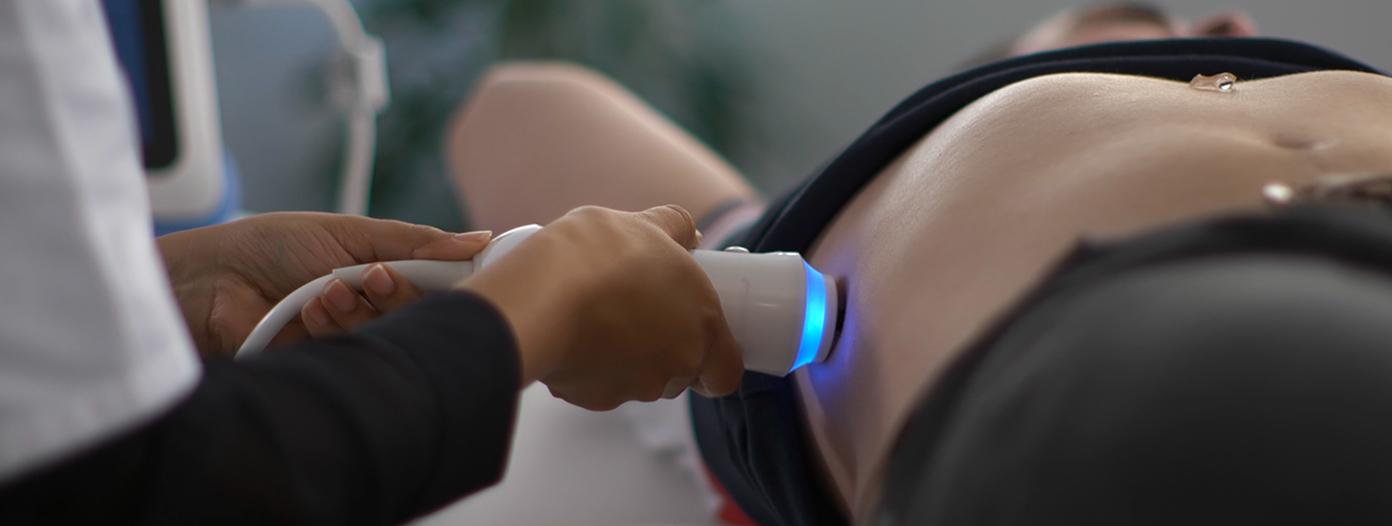It’s startling to learn that over 30% of the U.S. population has some degree of non-alcoholic fatty liver disease (NAFLD), an asymptomatic condition characterized by elevated levels of fat in the liver and the most common type of liver disease in the Western world. This can impact other factors of overall health, given the link between NAFLD and diabetes, obesity, insulin resistance and other metabolic risk factors.
NAFLD affects 75 to 100 million adults in the United States and is the leading cause of chronic liver disease worldwide—with many people being unaware of their condition. The growing epidemic of NAFLD and its subtype non-alcoholic steatohepatitis (NASH), a potentially progressive liver disease that can lead to cirrhosis, hepatocellular carcinoma (HCC), liver cancer, liver transplantation and death, is raising alarms across the country and round the world.
At the University of Pittsburgh Medical Center (UPMC), approximately 20 percent of the 110 to 125 livers transplanted each year results from NASH that has progressed to cirrhosis—and that number is rising. Given the rise in obesity, these numbers reveal a widespread and significant health crisis.
Now more than ever, the adoption of accurate non-invasive measures of liver health at the point of care is a critical necessity. Most recently UPMC Health Plan has joined the other major health plans that serve Pennsylvanians by covering an examination with FibroScan® for assessing chronic liver disease. FibroScan is a non-invasive technology to examine liver health at point of care via transient elastography, a non-imaging modality that quantitatively measures liver stiffness and fat, both of which are critically important components for the diagnosis and monitoring chronic liver diseases, including NAFLD and NASH. Because NAFLD can be reversible if caught in the early stages and accompanied by lifestyle changes, examining patients with this quick, non-invasive tool helps to prevent more serious conditions, such as end-stage liver disease or liver cancer.
The Domino Effect of Obesity
The rise in adult obesity rates in the United States and worldwide has led to more people experiencing liver damage and associated health issues. Pennsylvania’s adult obesity rate is currently 30.9%, up from 20.3% in 2000 and from 13.7% in 1990. In fact, obesity rates are increasing across America, with states having rates ranging from 25 to 38% of the adult population. Overall, about 13% of the world’s adult population (11% of men and 15% of women) were obese in 2016 and the worldwide prevalence of obesity nearly tripled between 1975 and 2016.
Obesity can cause severe damage to the body and lead to liver disease, Type 2 diabetes, high blood pressure, sleep apnea and more. The rising prevalence of Type 2 diabetes and obesity, two of the main causes of NAFLD, will likely increase the demand for liver transplants and deplete the supply of available healthy livers. This amplifies the need for early detection and earlier treatment intervention.
The Value of Non-Invasive Examination of Liver Health
A growing number of healthcare providers have started adopting non-invasive screening methods that can detect NAFLD in the absence of indications or warning signs. FibroScan®, for example, is a 10-minute assessment that offers quick insight into liver health – measuring liver fat content and liver stiffness – associated with fibrosis and cirrhosis. Test scores provide immediate information to help guide treatments and/or referral to a specialist. In fact, a yearly examination for NAFLD may become standard practice similar to A1C blood sugar testing.
The point of these tools is that they can quickly and easily measure the amount of liver stiffness and fat to better target more expensive or more invasive diagnostic procedures – saving time and resources for skilled nursing clinicians by eliminating patients who don’t need additional assessment.
Identifying At-Risk Patients Sooner
An interim look at an ongoing study of 10,000 patients with no history of liver disease was conducted in community-based endoscopy centers by the Florida Research Institute (FRI) a division of Florida Digestive Health Specialists (FDHS). Only 43 percent of patients evaluated had what is considered normal livers based on a transient elastography assessment alone, while the remainder had some form of liver abnormality, ranging from elevated liver fat to liver fibrosis, including 13 percent suspected of having undiagnosed liver fibrosis or cirrhosis.
It’s important to note is that the vast majority of patients had no symptoms. While further workup is recommended to confirm the extent of liver disease in these patients, this analysis of the first 367 patients suggests a significant rate of undiagnosed NAFLD in the population studied. Keep in mind that this research noted dramatic rise in liver disease compared with the previous decade and indicated a growing need for ongoing assessment.
With more health plans and payers shifting from a fee-for-service model to outcome-based care and value-based reimbursement models, technology that supports early detection of NAFLD can support payer programs that promote quality and cost-effective delivery of care. For commercial, Medicare Advantage and Medicaid sectors it’s become important to align priorities around better individual health, improved outcomes and cost-containment.
